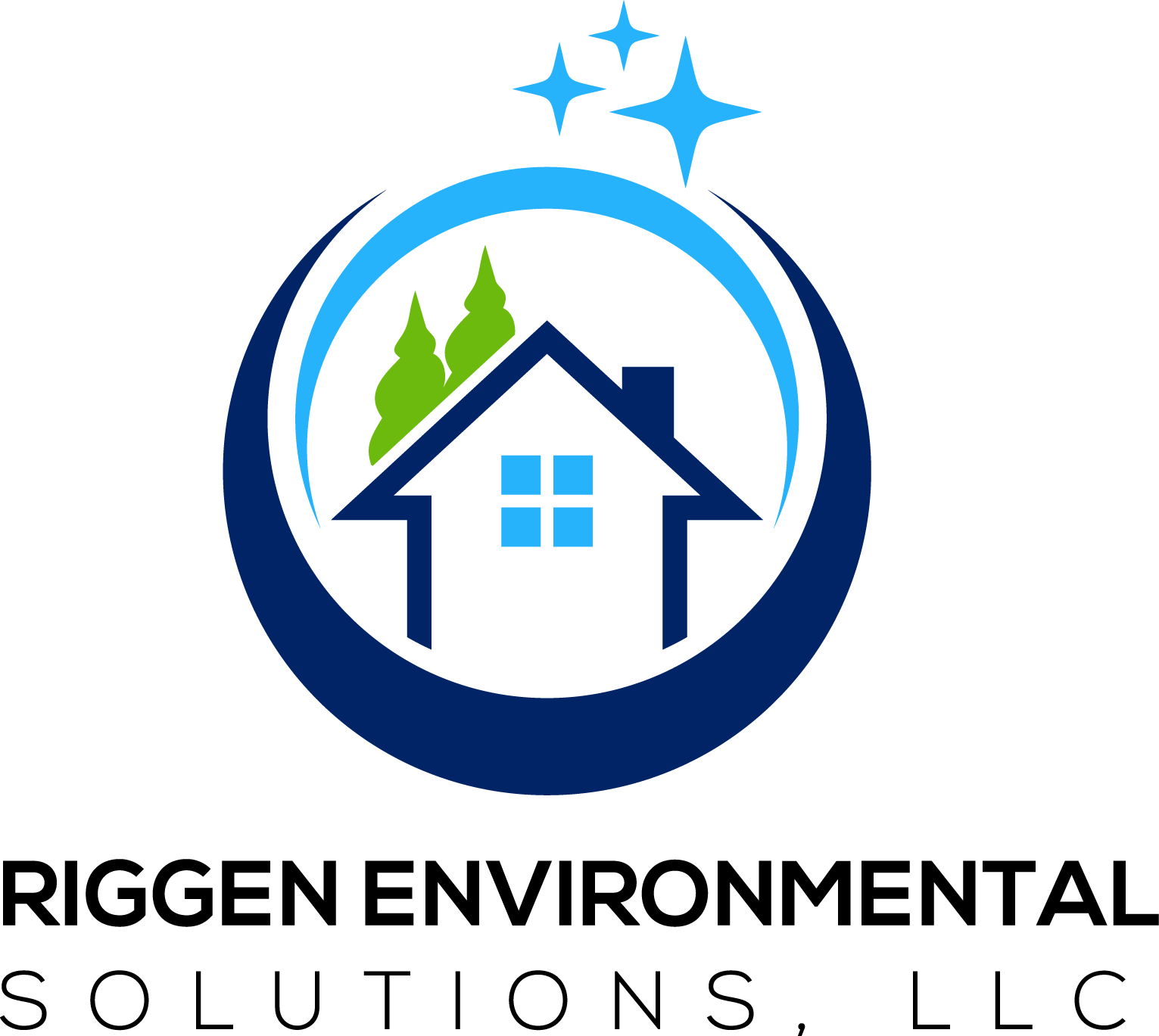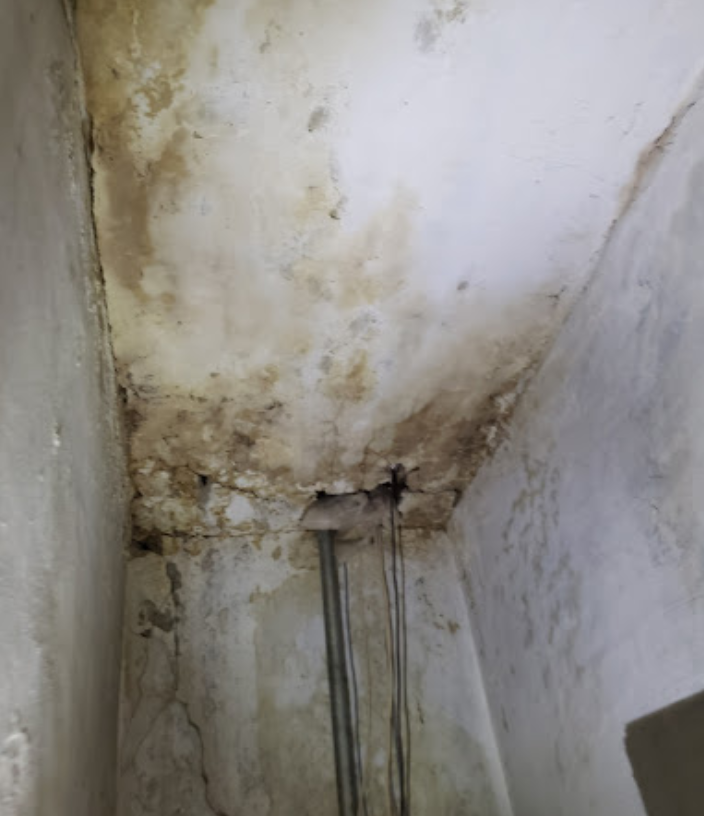How Water Damage Leads to Mold Growth (and How to Prevent It)
Water damage and mold growth often go hand in hand. Whether from a burst pipe, flooding, or a leaking roof, excess moisture in a building creates the perfect breeding ground for mold. If left untreated, mold can lead to significant property damage and pose health risks to occupants. Understanding how water damage leads to mold growth—and how to prevent it—can help you protect your home or business from costly remediation efforts.
The Connection Between Water Damage and Mold Growth
Mold spores are naturally present in the air, but they require moisture to grow. When water damage occurs, it increases humidity levels and provides the damp conditions mold needs to thrive. Here’s how the process unfolds:
- Water Intrusion – Water seeps into porous materials such as drywall, wood, and carpet, creating a damp environment.
- Increased Humidity – Lingering moisture raises indoor humidity levels, accelerating mold growth.
- Mold Colonization – Within 24 to 48 hours, mold spores settle on wet surfaces and begin to multiply.
- Spreading and Structural Damage – If left untreated, mold spreads rapidly, compromising indoor air quality and weakening building materials.
Health Risks of Mold Growth
Mold exposure can lead to various health issues, especially for individuals with respiratory conditions, allergies, or weakened immune systems. Common symptoms include:
- Persistent coughing or sneezing
- Nasal congestion and sinus infections
- Skin irritation and eye redness
- Worsened asthma or respiratory distress
How to Prevent Mold Growth After Water Damage
The key to mold prevention is swift action. If you experience water damage, take these steps immediately:
1. Address Water Leaks Quickly
Fix any plumbing leaks, roof damage, or foundation cracks as soon as they are discovered. Even minor leaks can lead to mold issues over time.
2. Remove Standing Water Immediately
Use a wet vacuum, mops, or professional extraction services to eliminate standing water. The longer water sits, the higher the risk of mold growth.
3. Increase Ventilation and Air Circulation
Open windows, use fans, and run dehumidifiers to dry out affected areas. Proper airflow helps lower humidity and prevents moisture buildup.
4. Dry and Disinfect Affected Surfaces
Thoroughly dry walls, floors, and furniture. Disinfect surfaces with mold-killing solutions to prevent spores from taking hold.
5. Inspect and Remove Damaged Materials
If materials like drywall or carpeting remain damp for more than 48 hours, they may need to be removed and replaced to prevent mold from spreading.
6. Monitor Humidity Levels
Keep indoor humidity below 60%, ideally between 30-50%. Use a hygrometer to track humidity and invest in dehumidifiers if necessary.
7. Call a Professional Water Damage Restoration Service
For extensive water damage, professional restoration is crucial. Experts like Riggen Environmental Solutions specialize in water damage restoration and mold remediation, ensuring your property is safe and mold-free.
Protect Your Home or Business from Mold
Water damage can strike unexpectedly, but quick action can prevent mold growth and costly repairs. By understanding the risks and following proactive prevention steps, you can safeguard your property and health. If you need expert assistance, Riggen Environmental Solutions is here to help with comprehensive water damage restoration and mold remediation services.
Contact us today at https://www.resmold.com/ to schedule an inspection and keep your property mold-free.


